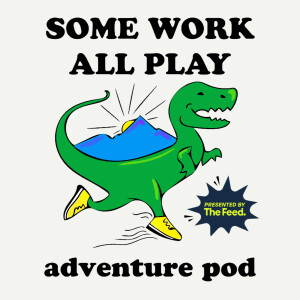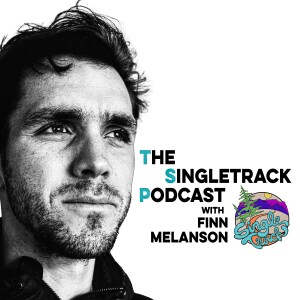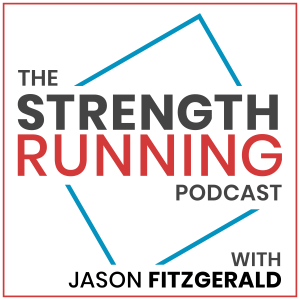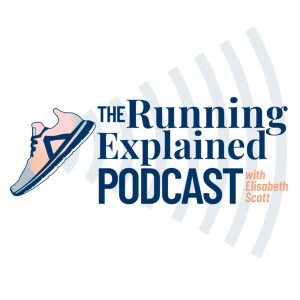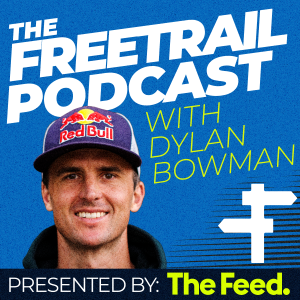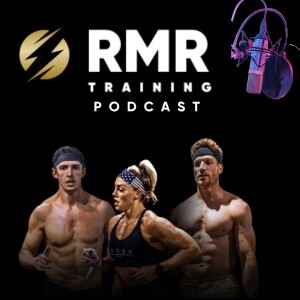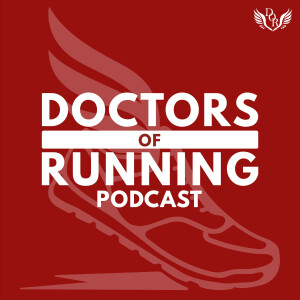

The 1% Better Runner | DLake & Friends
https://feeds.acast.com/public/shows/bf67ceba-e46f-4f9d-a3a1-8d4ff20fccb2Episode List
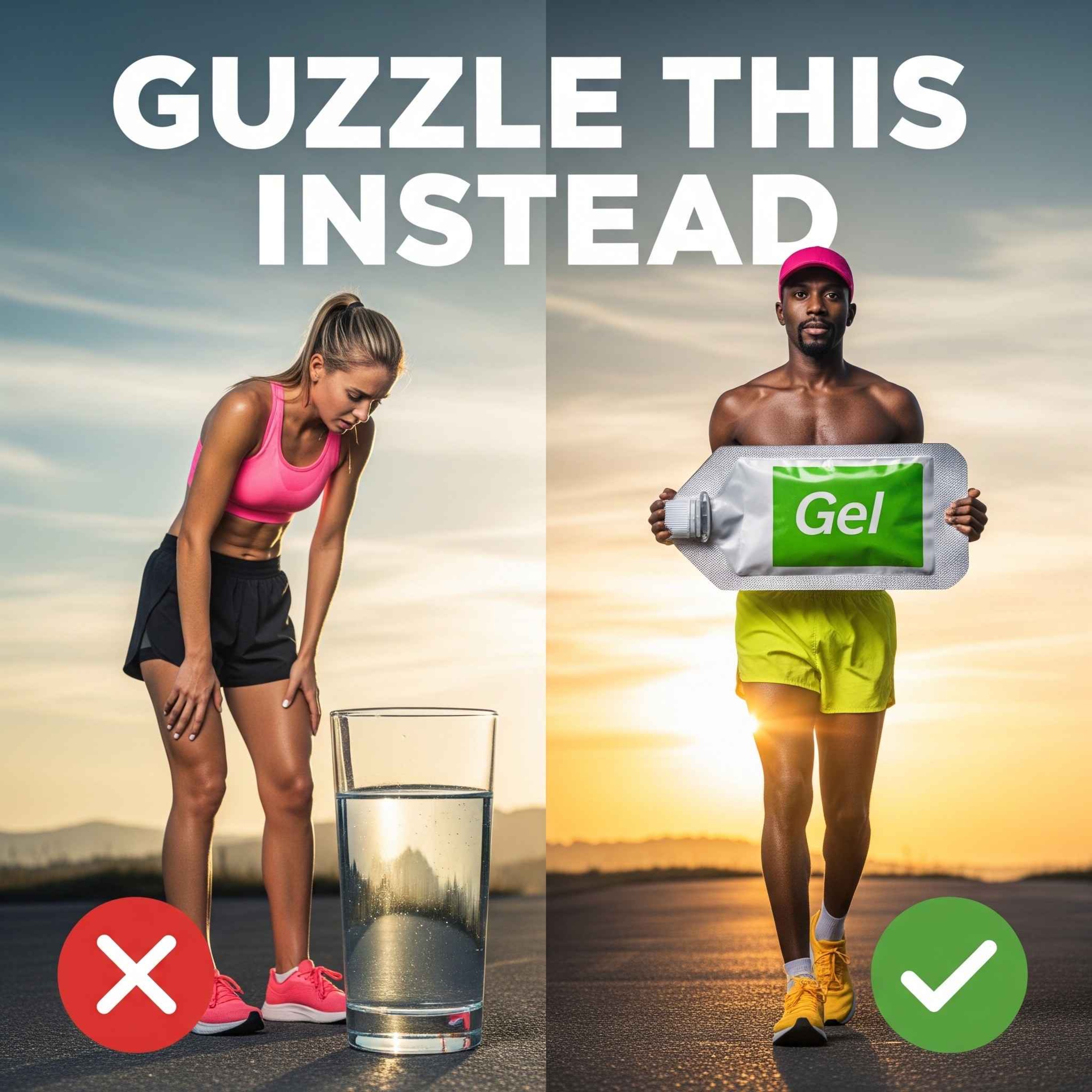
Runners are Drinking Water Wrong - Here's The Fix
Hydration alone won't save your race; unless you master the science behind it, you're probably doing it wrong.Most runners think they know how to hydrate and fuel, but they're making critical mistakes that destroy their performance when it matters most. In this episode, I'm breaking down the exact hydration and fueling strategies that will help you avoid cramping, gut issues, and those dreaded mid-race bathroom emergencies. You'll learn why drinking more water can actually hurt your performance, when energy gels are worth the money (and when they're not), and my proven race-day timing system that eliminates porta potty anxiety forever. Importantly, you’ll understand how your body actually processes fluids and fuel so you can show up on race day feeling confident and prepared.Key TakeawaysHydration isn’t just about drinking water—getting your electrolytes right matters just as much, especially in long or hot runs.Overhydrating can mess you up just as badly as dehydration by flushing out the sodium your body needs.Energy gels work best when timed right. Use them after 45-90 minutes of running to avoid hitting the wall, but test different brands to find what doesn’t upset your stomach.Timestamps[00:15] What You'll Learn[01:12] Hydration Strategies[02:26] Electrolytes Hydration Balance[04:00] Why Hydration Is So Important[04:54] No Pee Race Day Hydration Strategy[06:08] Use This To Hydrate Smarter[07:08] Energy Gels Explained[08:24] How To Use Gels The Right Way[09:41] Why Are Gels So Important For Runners[10:25] Finish Line ThoughtsLinks & Learnings📈 Get Your Free 1% Better Runner No-Pee-Mid-Race Hydration Plan Now - https://dlakecreates.com/peehackfree🎧 Listen, read and learn more here - https://dlakecreates.com/nutritionhydrationLearn more about What to Eat Before and After a Run - https://dlakecreates.com/nutritionprepostLearn more about energy gels here - https://dlakecreates.com/gelsFollow Me On Instagram – https://instagram.com/dlakecreatesFollow My Training On Strava – https://www.strava.com/athletes/120507 Hosted on Acast. See acast.com/privacy for more information.

WTF Is Threshold Running? (And Why It Makes You Faster)
Lactate threshold is the one pace that impacts everything from your long runs to race day performance, yet 90% of runners train it wrong.If you’re somewhere between jogging for fun and grinding it out at VO₂ max, you’re likely skipping over the most valuable pace in your training—threshold. In this episode, I break down what threshold running actually is, why it matters way more than you think, and how to train it without needing a coach, a lab, or fancy gear. I’ll walk you through what’s happening inside your body, how to train this “sweet spot” pace, and how to avoid the biggest mistakes runners make with it. You’ll also get a free download to test and train your own threshold pace, so you can finally stop winging it and run smarter.Key TakeawaysLactate threshold isn’t bad—it’s a fuel source for runners. The burn you feel during hard efforts comes from hydrogen ions, not lactate itself.Threshold training improves endurance by teaching your body to clear lactate faster, process fuel better, and maintain pace without breaking down.Threshold training should be part of a balanced plan — using progressive long runs, tempo intervals, and race-specific workouts helps improve performance without burnout.Timestamps[00:26] What You'll Learn[01:15] What Is Lactate Threshold[01:42] Four Fun Run Science Facts About Lactate[03:11] What Happens When You Train At Threshold[03:45] Use This To Find and Train Your Threshold[04:33] Why Threshold Sits At The Center Of Your Training[05:15] Three Ways to Train Threshold[08:47] Metaphors To Help Understand Threshold[09:28] Use This Free Tool To Improve your ThresholdLinks & Learnings📈 Get your free 1% Better Threshold Test Cheat Sheet & 8-Week Sub Threshold Training Plan - https://dlakecreates.com/lactatebundlefree🎧 Listen, read and learn more here https://dlakecreates.com/lactate1wtfLearn about tempo runs here - https://dlakecreates.com/tempoLearn about how to use the Vdot Calculator here - https://dlakecreates.com/vdotLearn about improving your sub-threshold here https://dlakecreates.com/subthresholdFollow DLake on Instagram – https://instagram.com/dlakecreatesFollow DLake on Strava – https://www.strava.com/athletes/120507 Hosted on Acast. See acast.com/privacy for more information.
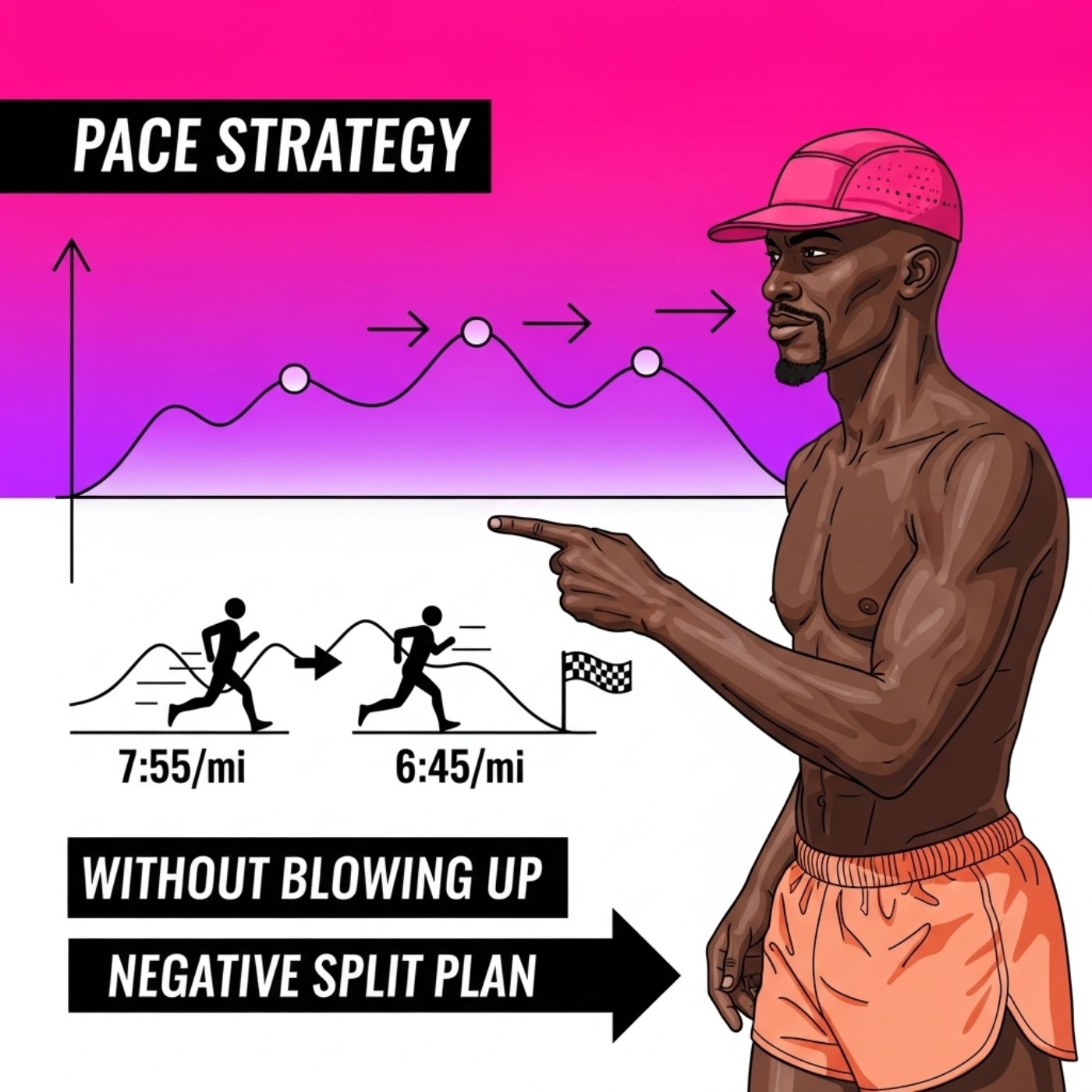
The Smartest Half Marathon Pace Strategy You’ve Never Tried
What if the best way to PR was to start slower, not faster?You don’t win your half marathon in the first 5K—you survive it. In this episode, I coached Brandon through his real race plan to run a smart, sub-1:40 half without blowing up. We talk pacing science, elevation strategy, cold weather tactics, and how to finish fast with fuel still in the tank. Whether you’ve hit the wall one too many times or want to feel more in control on race day, this one’s for you.Key TakeawaysNegative splits aren't just safer—they’re faster and feel better.Reading the course map like a coach prevents energy waste on false flats and hills.Cold weather isn’t a disadvantage—it’s actually your performance edge.Timestamps[00:00] This guy wants to run sub 1:40 marathon[00:54] Brandon’s goal: Sub-1:40 and what’s at stake[03:02] Risk vs reward of starting fast vs negative splitting[04:24] Breaking down the false flat at Richmond[04:53] Cold weather = free speed?[06:10] How to pace mile 11–13 without bonking[07:04] Structuring a plan that adapts on race dayLinks & Learnings📈 Get your free 8-week race tool guide training guide - https://dlakecreates.com/racetoolkitfree🎧 Listen, read and learn more here https://dlakecreates.com/brandonrace1More coaching advice here - https://dlakecreates.com/runinjurybrandonInstagram – https://instagram.com/dlakecreates Hosted on Acast. See acast.com/privacy for more information.
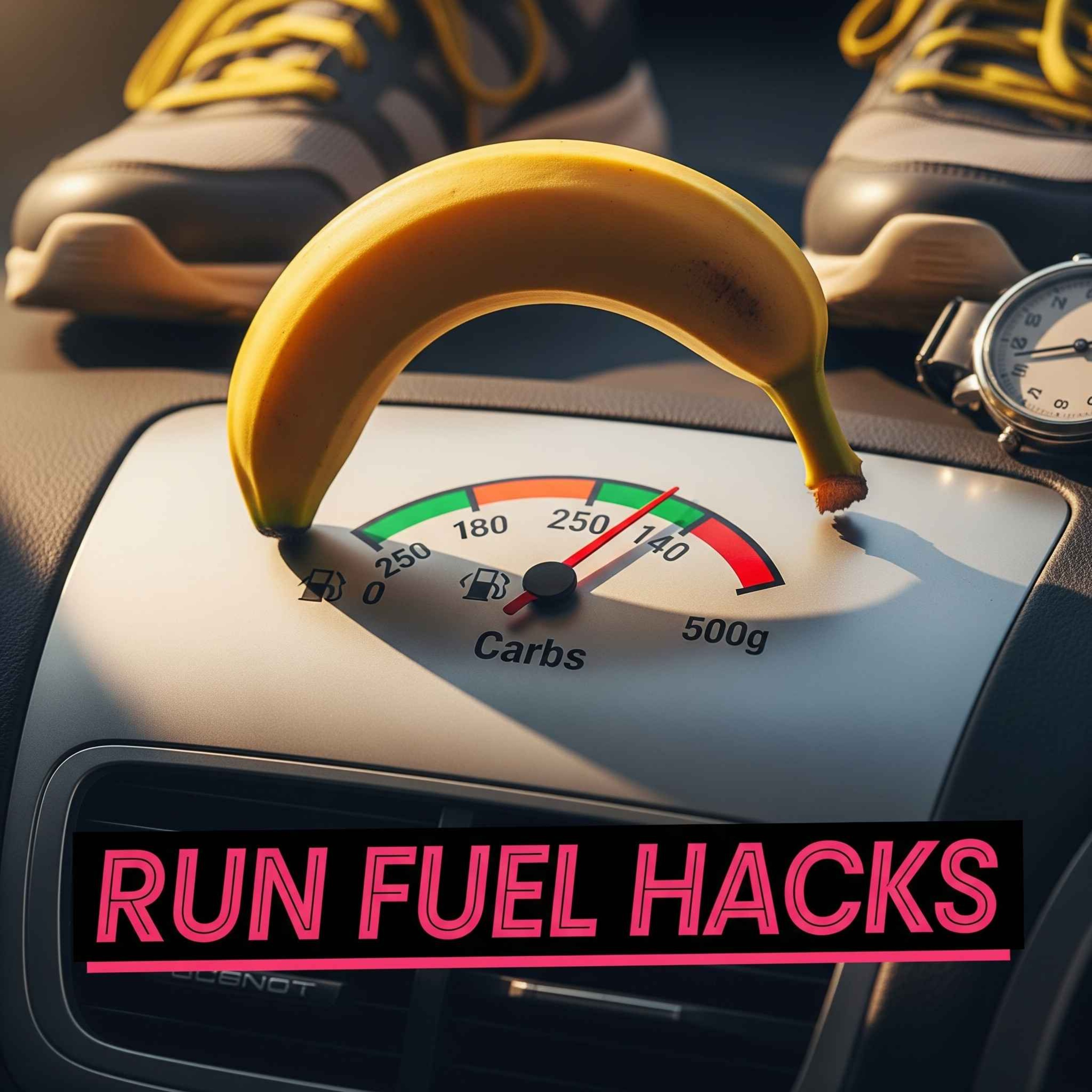
What to Eat Before and After a Run (Without Overthinking It)
Most runners don’t fuel right and it’s costing them performance and recovery.Ever wondered why your runs sometimes feel effortless while other days your legs feel like lead? It might not be your training—it could be your nutrition. In this episode, I’ll give you real, science-backed strategies to fuel smarter before and after your runs. You’ll learn why your pre-run meal matters more than you think, how to avoid the most common fueling mistakes, and how to use simple, travel-friendly foods to optimize recovery—no supplements or complicated meal prep required. Whether you’re running 5K or prepping for a marathon, this is the essential guide to eating for endurance without overthinking it.Key TakeawaysPre-Run Fuel: Eat simple carbs like toast with peanut butter, bananas, or oats 1-2 hours before running. Avoid high-fiber or fatty foods to prevent stomach issues.Post-Run Recovery: Aim for a 3:1 ratio of carbs to protein (like chocolate milk or a peanut butter sandwich) to refuel and repair muscles. Timing matters—eat within 30-60 minutes for best results.Easy Snack Ideas: Shelf-stable options like trail mix, tuna pouches, or a "broken shake" (oats + protein powder) make recovery simple, especially when you’re on the go.Timestamps[00:19] What You’ll Learn[01:35] What Is a Pre-Race Meal?[02:12] Simple Pre-Run Meal Ideas[02:25] How to Do a Pre-Run Meal[03:54] Timing Your Pre-Run Meals[05:13] Why Pre-Run Nutrition Matters[07:12] Use This Easy Free Guide To Remember Everything[08:23] Post-Run Recovery Essentials[11:13] Quick Note On Protein Shakes[12:16] Top 5 Recovery Snacks[15:16] Finish Line ThoughtsLinks & Learnings📈 Get your free 1% better base and habits training plan now - https://dlakecreates.com/5foodsfree🎧 Listen, read and learn more here https://dlakecreates.com/nutritionprepostLearn more about 8 Best Science Backed Run Recovery Foods - https://dlakecreates.com/8foodsJordan Kain | Gutful Nutrition on Instagram https://www.instagram.com/gutful_nutrition/?hl=enFollow Me On Instagram – https://instagram.com/dlakecreatesFollow My Training On Strava – https://www.strava.com/athletes/120507 Hosted on Acast. See acast.com/privacy for more information.

Why Most Runners Get Injured (And How to Fix It)
Most running injuries don’t come from running too much—they come from running too much, too soon.This episode breaks down exactly how I help runners rebuild fitness after injury without wrecking their bodies. From gym strength to VO2 max, from tempo runs to elliptical intervals, this is the blueprint for stacking fatigue the smart way. If you’re sick of starting over every few months, this is how you build a body that can handle real volume—without breaking down.Key TakeawaysStack Fatigue SlowlyRamping volume safely over time prevents injury and builds true fitness.Strength Comes FirstWithout a strong base (gym, plyos, drills), more running just breaks you.Zone Discipline MattersStaying in low zone 2–3 builds aerobic base—zone 4 wrecks it too early.Timestamps[00:00] Why ramping up too fast gets runners injured[00:38] The long play: boring, smart aerobic growth[01:18] Protecting the groin with incremental increases[01:53] Gym strength guidelines for injury prevention[02:35] Why some workouts do more harm than good[03:06] Form drills + plyos = the real supplements[03:40] Weekly structure: one hard workout, rest is base[04:16] Breaking up treadmill monotony while building aerobic base[04:56] Future training: two-a-days and more outside running[05:35] Why zone 4 ruins your aerobic foundationLinks & Learnings📈 Get your free 1% better 30-day Base Training & Habits Guide- https://dlakecreates.com/basefree🎧 Listen, read and learn more here https://dlakecreates.com/runinjurybrandonDeep dive on base training & How to fall in love with it - https://dlakecreates.com/baseDLake Runs on IG - https://instagram.com/dlakecreatesDLake Runs on Strava - https://www.strava.com/athletes/120507 Hosted on Acast. See acast.com/privacy for more information.
Create Your Podcast In Minutes
- Full-featured podcast site
- Unlimited storage and bandwidth
- Comprehensive podcast stats
- Distribute to Apple Podcasts, Spotify, and more
- Make money with your podcast


